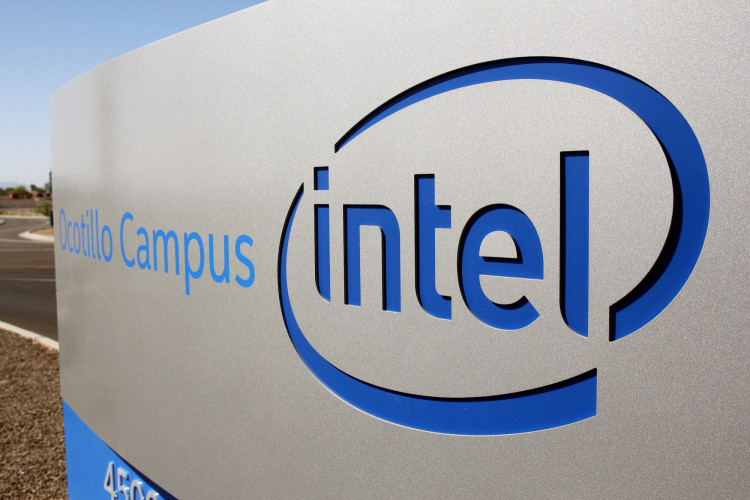Intel has once again delayed the opening of its $28 billion semiconductor manufacturing facility in Ohio, now projecting its first factory will not begin operations until at least 2030, with the second facility expected to open in 2032. The revised timeline marks a significant shift from the company's original plan to start production in 2025, highlighting ongoing financial and market challenges.
In a message to employees on Friday, Intel Executive Vice President Naga Chandrasekaran cited financial prudence as the reason for the delay. "We are taking a prudent approach to ensure we complete the project in a financially responsible manner," he stated. While construction will continue at a slower pace, Chandrasekaran noted that Intel retains the flexibility to accelerate work should market demand increase.
The delay is the latest in a series of setbacks for Intel's Ohio project, which was announced in 2022 as a centerpiece of U.S. efforts to regain global leadership in semiconductor manufacturing. The company has already received $2.2 billion in federal CHIPS Act incentives, with at least $1.5 billion earmarked for the Ohio site, but its financial struggles have led to repeated schedule adjustments.
Intel's decision comes after a difficult year marked by declining revenues, mass layoffs, and leadership upheaval. In August 2024, the company cut 15,000 jobs-about 15% of its workforce-as part of a $10 billion restructuring effort. The company's stock fell 57% in 2024, despite growth in the semiconductor industry, with shares plunging from $50.25 in late 2023 to a low of $18.89 in September before rebounding slightly.
Intel has already spent $3.7 billion on the Ohio project, pouring over 200,000 cubic yards of concrete and operating more than 20 cranes at the site. While the basement of at least one fabrication facility has been completed, full-scale construction will now proceed at a slower pace.
The state of Ohio had committed $300 million in grants to support Intel's construction, contingent on the plants being completed by the end of 2028. With the timeline now pushed beyond that deadline, the company's ability to secure state incentives remains uncertain.
Governor Mike DeWine's office expressed disappointment but maintained confidence in Intel's commitment. "Obviously, we'd like to have the plants open earlier rather than later," said spokesman Dan Tierney. "But we have every indication from Intel that they will open these plants in Ohio."
Local development groups echoed that sentiment, stressing the long-term benefits of Intel's investment. "Although Intel's timeline has moved to address market realities, the commitment to creating at least 3,000 jobs and $20 billion in capital investment remains unchanged," said Matt Englehart, a spokesperson for JobsOhio.
Despite the delays, Intel has begun hiring and training workers in Arizona, New Mexico, and Oregon in preparation for the Ohio facility's eventual launch. Additionally, the company has invested $17.7 million in partnerships with over 80 Ohio colleges and universities to support semiconductor education and workforce development.




